#Spondylus
Text

Another Spondylus shell ornament, Culture Jama-Coaque, Ecuadorian North Coast 500 BCE - 1530 CE, w3.4 x h6.9 cm. Museo Casa del Alabado / INPC. Listed as a "zoomorphic ornament," but the first thing it made me think of was a male Magnificent Frigatebird (Fregata magnificens), a native species…

#Jama-Coaque art#Ecuadorian art#South American art#Indigenous art#pre conquest art#ornament#shell#Spondylus#bird#birds in art#frigatebird#Magnificent Frigatebird#Museo Casa del Alabado#species ID
573 notes
·
View notes
Text

Spondylus sp. Thorny oyster from East Timor.
73 notes
·
View notes
Photo



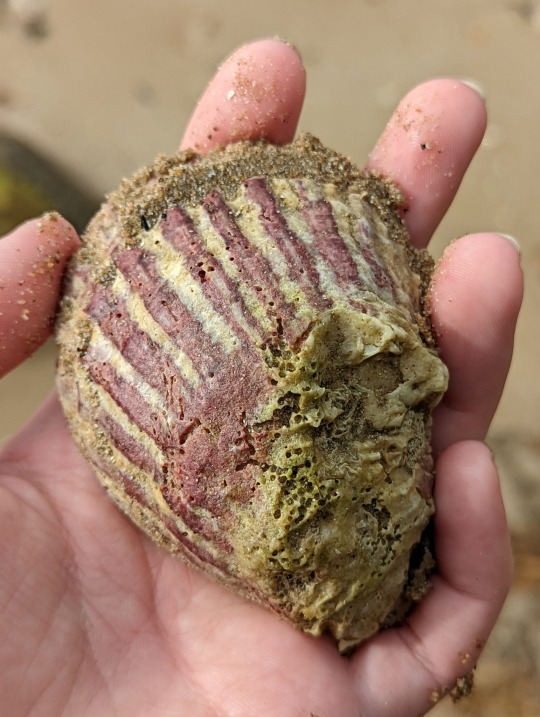


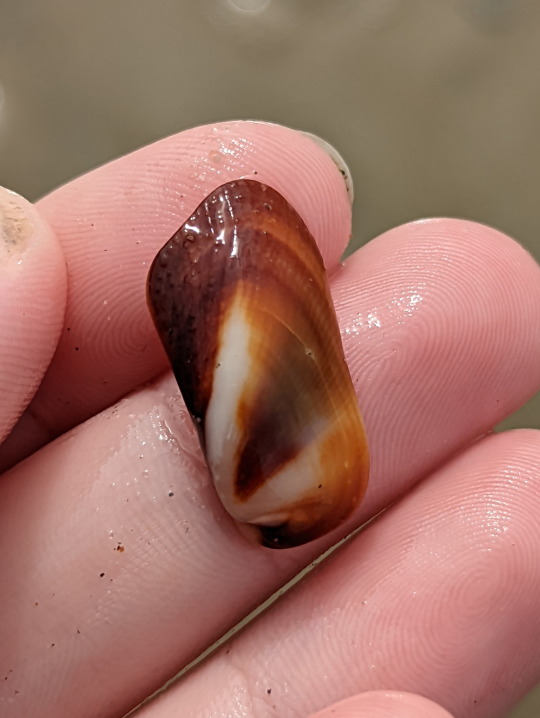

Bivalves! and their many forms
Although to many people these are nothing more than pretty shells,
the truth of the matter, is that these were once all individual animals.
Very primitive animals mind you.
Spondylus nicobaricus
Genus Lamarcka
Genus Gafrarium
Genus Spondylus
Genus Lioconcha
Barbatia amygdalumtostum
Family Pinnidae
15/06/22
#collection#Bivalvia#Bivalves#Mollusca#Molluscs#mollusks#Spondylus nicobaricus#Lamarcka#Gafrarium#Spondylus#Lioconcha#Barbatia amygdalumtostum#Pinnidae#shells#nature#animals#life#tidepooling#outside entomology
38 notes
·
View notes
Text
Hejőpapi kavicsbánya lelőhelyen előkerült neolitikus, zsugorított vázas temetkezés.

Kisebb és nagyobb méretű Spondylus kagylóból készült gyöngyök kerültek elő a nyak és csuklók környékéről viseleti helyzetben. A testen több helyen okkerfesték nyomát figyeltük meg.

Hajdu Melinda
Köszönet a drónfelvételért Bethlen Tamásnak!
#hermanottómúzeum#homregeszet#régészet#miskolc#múzeum#miskolcimúzeum#ásatás#magyarrégészet#feltárás#archaeology#temetkezés#neolitikum#spondylus#grave#neolithic
25 notes
·
View notes
Photo

Spiny Oyster (Spondylus) at ObjetsD’Art in Corpus Christi #spondylus,#spinyoyster, www.objetsdartcorpuschristi.com (at OBJETS D ART) https://www.instagram.com/p/Ceb1bNdpGjd/?igshid=NGJjMDIxMWI=
0 notes
Text

Circular Nose Ornament Incised with Concentric Bands
Coclé, Panama, 800–1200
13 notes
·
View notes
Text
Spondylus Shell Necklace by A. Davey
from (100-700 A.D.?) made by people living in the Nazca region, on the south coast of Peru.
3 notes
·
View notes
Text
Love me some big women !!!
Completely forgot to post this AHAHAHA. I love these two lovebirds...
Spondylus Cookie (the cookie on the left in the beginning) belongs to @press0spress0
Captain Mussel belongs to me 💥
#cookie run kingdom#cookie run#crk#cr kingdom#black pearl cookie#black pearl x captain caviar#captain caviar cookie
373 notes
·
View notes
Photo
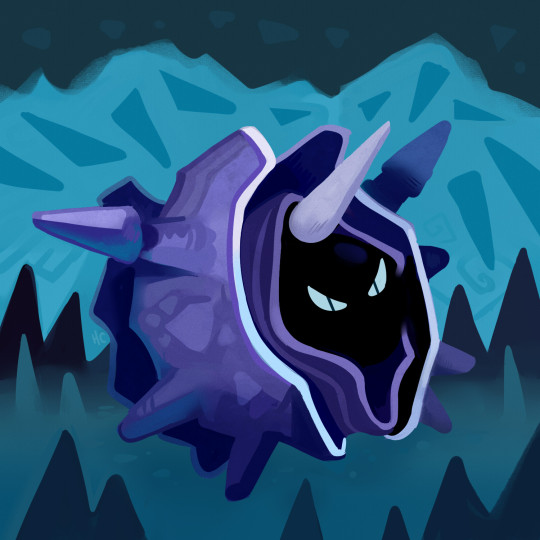
Pokemon Mini Painting ~ #091 Cloyster
Ponder the spondylus
628 notes
·
View notes
Text
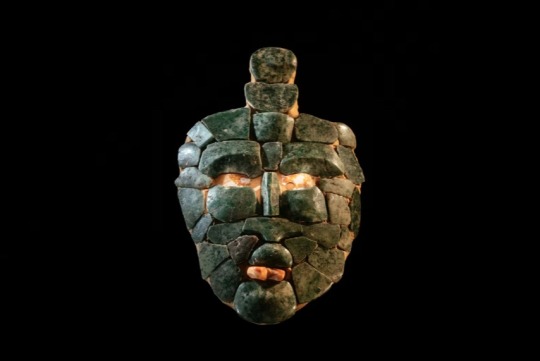

Jade Mosaic Mask Discovered in Maya King's Royal Tomb
Revealing rare treasures and royal lineage.
A Tulane University archaeologist has recently discovered an ancient Maya tomb dating back 1,700 years at the site of Chochkitam in Guatemala near the borders of Mexico and Belize.
The tomb’s remarkable funeral offerings, such as a mosaic jade mask, rare mollusk shells, and writings carved in human femur bones, provide valuable insights into Maya civilization. The discovery includes depictions of a previously unknown king believed to be holding a jade mask similar to the one found in the tomb.
Hieroglyphs on the artifact are thought to connect the ruler to the Maya states of Tikal and Teotihuacan, providing historical and genealogical information.
This discovery is like winning the lottery in terms of information. It opens a window into an obscure time we have little texts about. The newly discovered tomb from the Maya classic period, dating from 250-900 AD, is a significant find given the limited remnants from this era, primarily affected by looting.
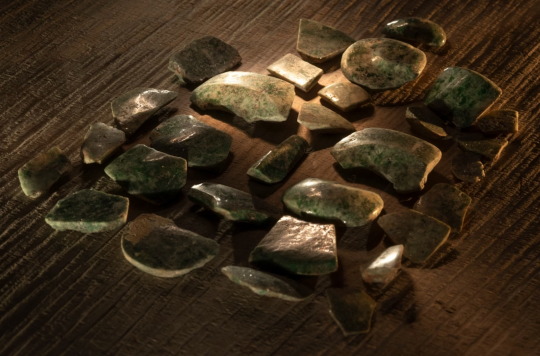

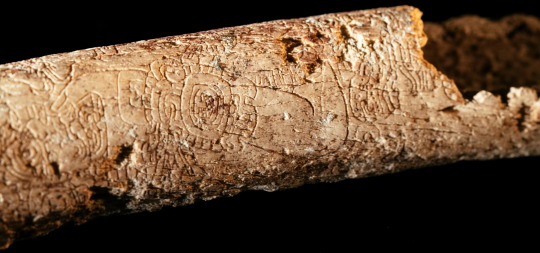
The tomb, located just 2 meters away from where looters had previously stopped, is remarkably well-preserved, with minimal damage aside from the natural decay and the collapse of the stone ceiling. This fortunate preservation provides archaeologists with a rare opportunity to explore the rich history and offerings within the tomb.
Estrada-Belli, a research assistant professor in the Tulane University School of Liberal Arts, said, “That was the first amazing thing about it. It was fortunate.”
Lidar technology played a crucial role in the tomb’s discovery by enabling archaeologists to detect looters’ tunnels and map the jungle floor precisely. This advanced technology, akin to ‘taking x-rays of the jungle floor,’ revolutionizes archaeological exploration, allowing researchers to navigate more efficiently through dense vegetation.
The tomb’s contents, including over 16 rare spondylus shells, provide valuable insights into ancient Maya practices, emphasizing their significance in royal contexts as symbols of wealth and elements used in religious and sacrificial ceremonies.



The relics from the tomb, dating back to 350 CE, establish a historical link between Tikal and the central Mexican site of Teotihuacan. This connection sheds light on the cultural exchanges and influences between Maya rulers and the wider Mesoamerican region during the Maya classic period.
The tomb’s contents, including a mosaic jade mask and hieroglyphs carved on human femur bones, offer insights into religious practices and royal lineage, enriching our understanding of ancient Maya civilization. The discovery at Chochkitam, after a century since Fran Blom’s initial exploration, underscores the significance of continued archaeological efforts.
Estrada-Belli said the next stage in his work at the site will be to conduct DNA testing on the bones and maybe uncover additional essential contents buried within the abandoned pyramid.
By Amit Malewar.

#Jade Mosaic Mask Discovered in Maya King's Royal Tomb#Chochkitam#Guatemala#ancient grave#ancient tomb#royal tomb#jade#ancient artifacts#archeology#archeolgst#history#history news#ancient history#ancient culture#ancient civilizations#maya history#maya art
52 notes
·
View notes
Text

Spondylus shell pendant
Chimú, 900-1470 CE
Shell & turquoise
Dumbarton Oaks PC.B.433
“According to 16th century documents, Spondylus shell was considered more valuable than gold or silver in the pre-Columbian Andes. Found in the warm waters off the coast of Ecuador, the bivalve was closely associated with concepts of fertility. Whole shells were placed in burials and agricultural fields, and skilled artists cut and polished shell to create ornaments and beads. This pendant was crafted from a Spondylus princeps valve with inlays of Spondylus calcifer and turquoise to create a design of coastal birds devouring their prey.”
#animals in art#Spondylus#shell#pendant#jewlery#decorative arts#pre conquest art#Chimu art#South American art#Indigenous art#Dumbarton Oaks Museum#museum visit
10 notes
·
View notes
Text

Thorny oyster (Spondylus darwini)
By: Unknown photographer
From: Natural History Magazine
1937
61 notes
·
View notes
Text

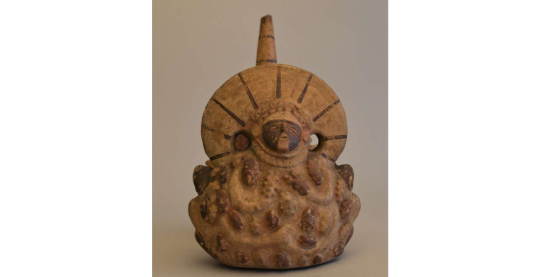

vase; vessel; whistle
Cultures/periods: Chimu
Production date: 1000-1476
Found: Pacasmayo
Provenience unknown, possibly looted
Double- body and bridge vessel with painting in red, dark brown on cream. One of the bodies represent a Spondylus bivalve shell while the other display the image of a deity with crescent headdress and a body covered with bean-like elements.
British Museum
75 notes
·
View notes
Text

Figurilla femenina en una concha
La Reina Roja, es el nombre que los arqueólogos le otorgaron a la señora sepultada en la tumba del Templo XIII de Palenque, Chiapas. Al momento de su muerte, el personaje fue colocado al interior de un sarcófago de piedra caliza y su cuerpo fue recubierto con polvo de cinabrio, un mineral rojo carmesí difícil de conseguir que sólo se utilizaba en pequeñas cantidades
Como parte de su ofrenda funeraria se depositó cerca de su cabeza una concha marina (Spondylus calcifer), la cual contenía una figurilla de piedra con la representación de una mujer elegantemente ataviada, quizá un retrato de la propia reina.
Tras su descubrimiento en 1994, ahora se sabe que el nombre de la Reina Roja era Ixik Tz’aka’ab Ajaw, o “Señora Gobernante de las Generaciones”.
Créditos: INAH
105 notes
·
View notes
Text
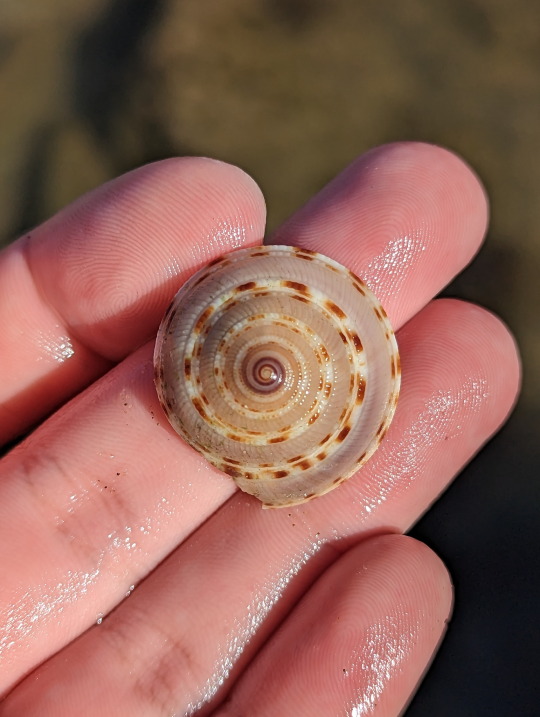

Gastropoda: Architectonica perdix


Gastropoda: Bembicium nanum
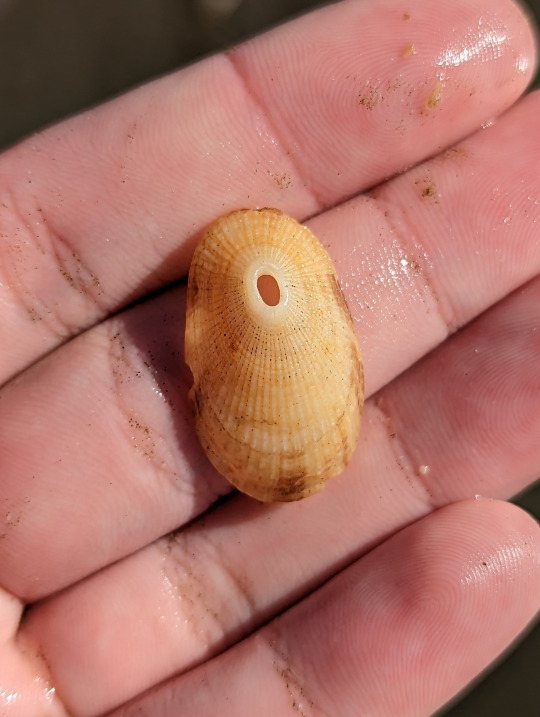

Gastropoda: Diodora singaporensis


Bivalvia: Spondylus sp.
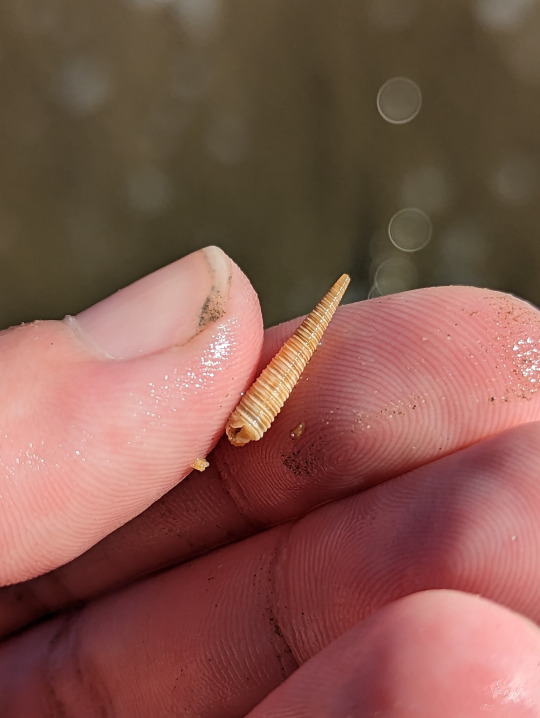
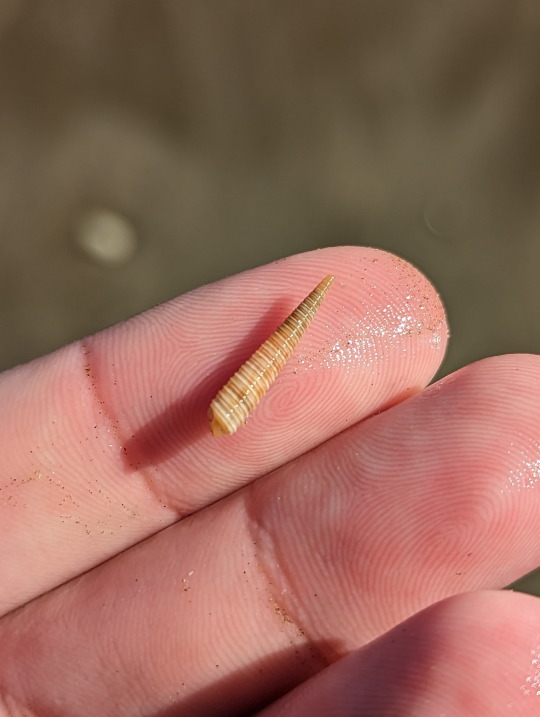
Gastropoda: Triphoridae sp.

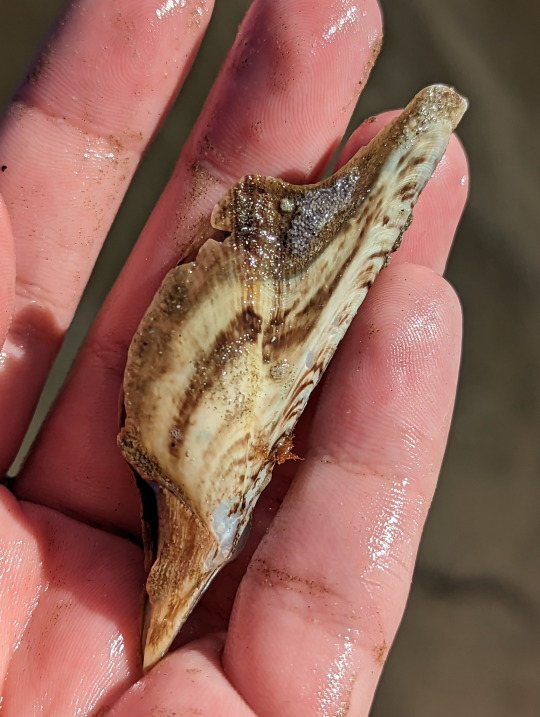
Bivalvia: Pteria sp.
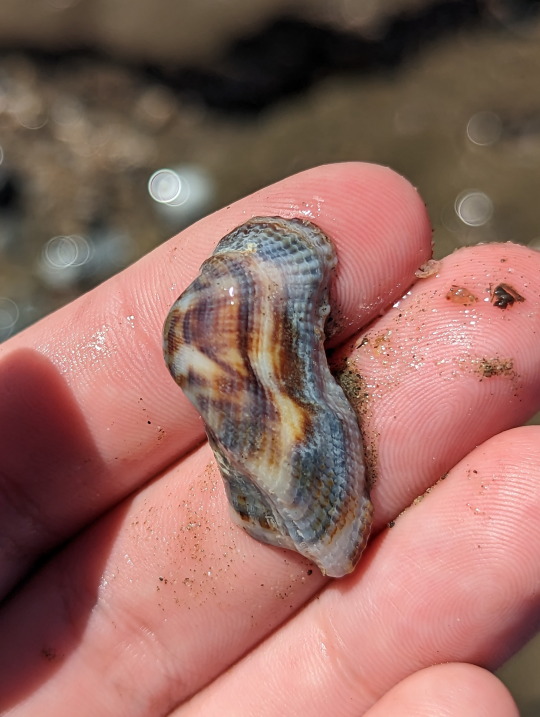

Bivalvia: Lamarcka avellana
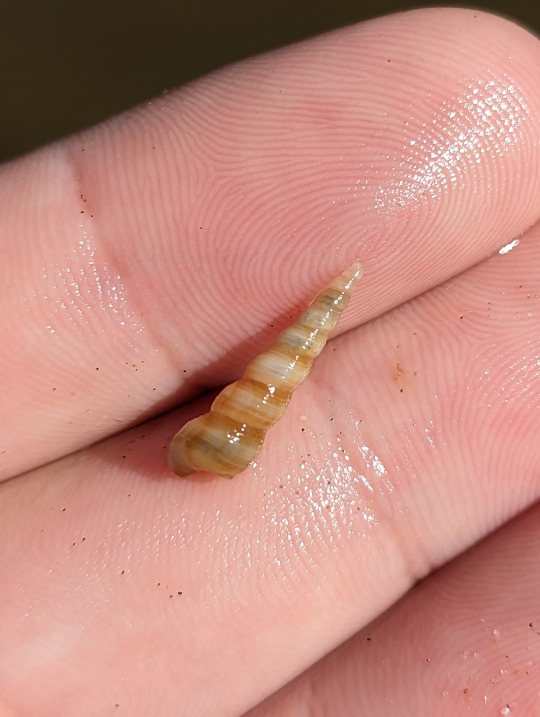
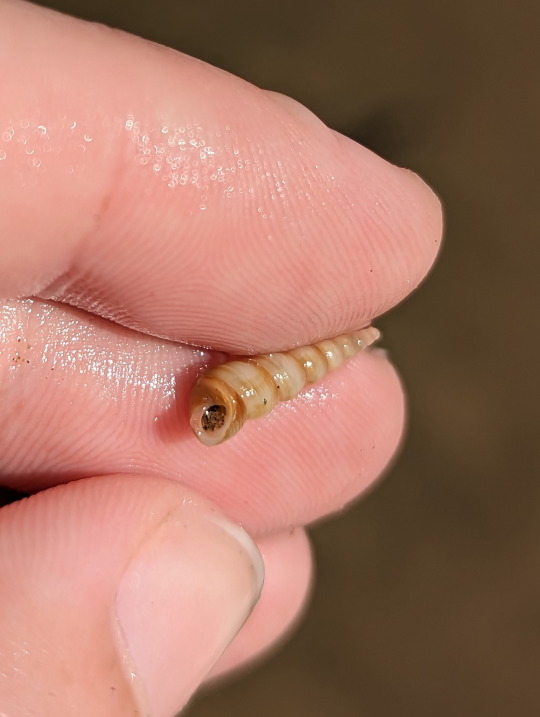
Gastropoda: Turritella terebra
Various shells collected in the Yeppoon area.
16/05/23 - Yeppoon shores
#gastropoda#invertebrates#invertblr#Architectonica perdix#Staircase Shells#Heterobranchia#Heterobranchs#Gastropods#Mollusca#Molluscs#shellfish#Turritella terebra#Screw Shell#Tower Snails#snails#snailblr#Caenogastropoda#Caenogastropods#Lamarcka avellana#Flying-Bird Ark#Arcidae#Ark Clams#Bivalvia#Bivalves#Pteria#unidentified#Winged Oysters#oysters#Triphoridae#Spondylus
15 notes
·
View notes
Text

Skull Necklace
Aztec, Late Postclassic, 1200-1520 CE
The impressive motif of this necklace is presented by 18 nearly identical carved shell beads in the shape of skulls, separated from one another by simple disk spacer beads. All were carved from thick shell that has been identified as Spondylus, possibly Spondylus princeps.
The symbolism of this necklace plays with two concepts: the fertile waters of the home of the shell and the fertility ensured by human sacrifice. The carved beads suggest the dry, bleached crania of sacrificial victims as they were displayed in the temple complex on the public skull rack (tzompantli in Nahuatl). The cord passing through the skulls mimics the way in which skulls were arrayed on wooden poles on the rack. Life and death are thus interlinked and dependent on each other.
219 notes
·
View notes
